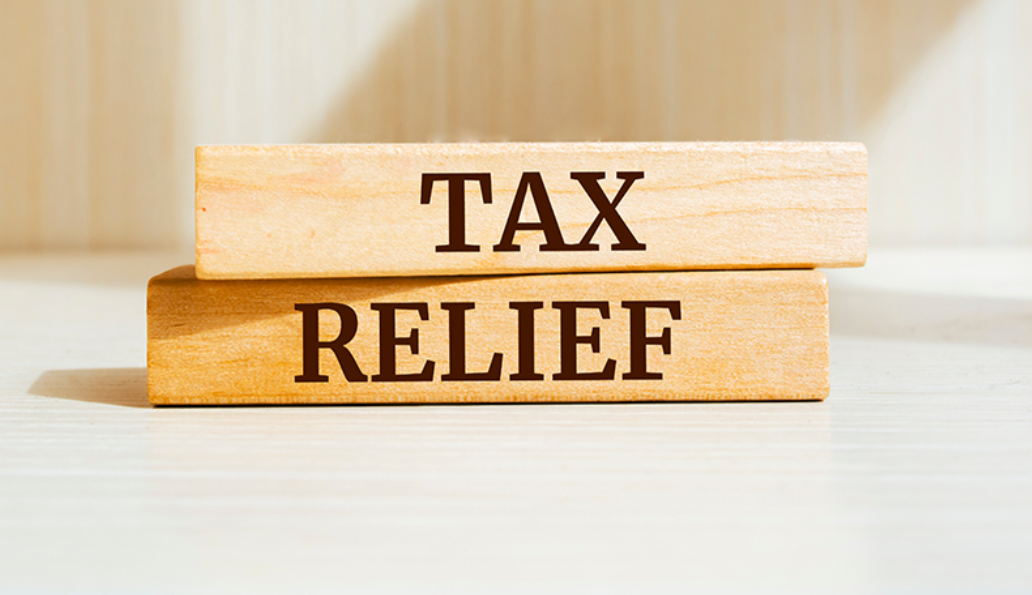Have you ever wondered how your future financial security can be shaped by a Defined Contribution Pension? If so, you’re in the right place. In this blog post, we will delve into the ins and outs of Defined Contribution Pensions – what they are, how they work, and how you can make the most out of them.
So sit back, relax, and let’s explore this vital aspect of pension schemes together!
How Does a Defined Contribution Pension Work?
Defined Contribution Pensions work by allowing employees to contribute a percentage of their salary into an individual account. Employers may also match these contributions up to a certain limit, providing additional funds for retirement. These accounts are typically invested in mutual funds or other investment vehicles to grow over time.
The value of the pension fund depends on how much is contributed and how well the investments perform. Employees have control over their investment decisions within the options provided by the plan. When it comes time to retire, individuals can choose how to access their funds, whether through regular withdrawals or converting into an annuity.
Unlike Defined Benefit Pensions that guarantee a specific amount upon retirement, Defined Contribution Pensions provide retirement income based on the contributions made and investment performance. This places more responsibility on individuals to manage their savings effectively for long-term financial security.
Types of Contributions: Employee, Employer, and Government
When it comes to defined contribution pensions, there are three main sources of contributions: employee, employer, and government.
Employee
Employees contribute a percentage of their salary into their pension account on a regular basis. This amount is typically deducted directly from their paycheck before taxes are applied.
Employer
Employers often match a portion of the employee’s contributions as an added benefit. This matching contribution can vary depending on company policies but serves as an incentive for employees to save for retirement.
Government
In some cases, the government may also provide tax incentives or other forms of support to encourage individuals to save for retirement through these pension schemes.
Each source of contribution plays a crucial role in building up the funds needed for retirement and ensuring financial security later in life.
Advantages and Disadvantages of Defined Contribution Pensions
Defined Contribution Pensions offer flexibility as employees can contribute based on their financial goals and capacity. This empowers individuals to take control of their retirement planning, allowing them to tailor their contributions to meet their specific needs.
- One advantage is portability – if you switch jobs, you can typically roll over your pension account into a new employer’s plan or a personal retirement account, ensuring continuity in saving for the future.
- Additionally, defined contribution plans often provide investment options that allow for potential growth over time.
- On the flip side, one disadvantage is the risk associated with market fluctuations affecting the value of your investments. Unlike defined benefit pensions where payouts are predetermined, defined contribution pensions are subject to market volatility which could impact your retirement savings.
- Moreover, some employees may find it challenging to manage their investments effectively without proper financial knowledge or guidance from a professional advisor.
It’s essential to seek advice from experts in retirement planning and consider diversifying your investments for long-term financial security.
Key Differences Between Defined Contribution and Defined Benefit Pensions
Defined Contribution and Defined Benefit Pensions are two common retirement planning options with distinct differences.
In a Defined Contribution Pension, the amount of money you receive in retirement depends on how much you (and possibly your employer) contribute over time. It’s like a personal savings account for your golden years.
On the other hand, a Defined Benefit Pension guarantees a specific payout based on factors like salary and years of service. It’s more like receiving a set monthly income after retiring, almost like having financial security provided by your employer.
The risk in investment performance lies with the employee in defined contribution plans, while it shifts to the employer in defined benefit plans. This difference can impact how secure and predictable your retirement income will be.
Understanding these distinctions is essential when planning for retirement to make informed decisions about which pension scheme aligns best with your long-term financial goals.
Tips for Maximizing Your Defined Contribution Pension Benefits
When it comes to maximizing your defined contribution pension benefits, there are a few key strategies to keep in mind.
- Make sure you are contributing the maximum amount allowed by your plan – this will help boost your retirement savings over time.
- Additionally, take advantage of any employer matching contributions offered as this can significantly increase the value of your account.
- Diversifying your investments within the pension plan is another important tip. By spreading out your investments across different asset classes, you can help mitigate risk and potentially increase returns.
- Regularly review and adjust your investment portfolio based on your risk tolerance and retirement goals.
- Consider seeking advice from a financial advisor like Money Maximising Advisors who specializes in retirement planning to ensure you are making informed decisions regarding your pension benefits. They can provide valuable insights and guidance tailored to your specific financial situation.
By following these tips, you can work towards maximizing the value of your defined contribution pension and secure a more financially stable retirement for yourself in the future!
Conclusion
Defined Contribution Pensions offer individuals a valuable tool for retirement planning. By understanding how these plans work, the types of contributions involved, and the advantages and disadvantages they present, you can make informed decisions about your financial future. Remember to consult with a financial advisor like Money Maximising Advisors Limited for personalized advice on maximizing your Defined Contribution Pension benefits.
Start planning early and take advantage of employer-sponsored retirement accounts to secure a comfortable retirement. With careful management and strategic investment choices, you can set yourself up for a financially stable future during your golden years.
Talk to us at +353 91 393 125
Mail us at office@mmadvisors.ie
Visit our office at Unit 3, Office 6, Liosban Business Park, Tuam Rd, Galway, Ireland
Related Terms- Previous Defined Benefit Pension in Ireland: What is a Defined Contribution Pension Ireland?




